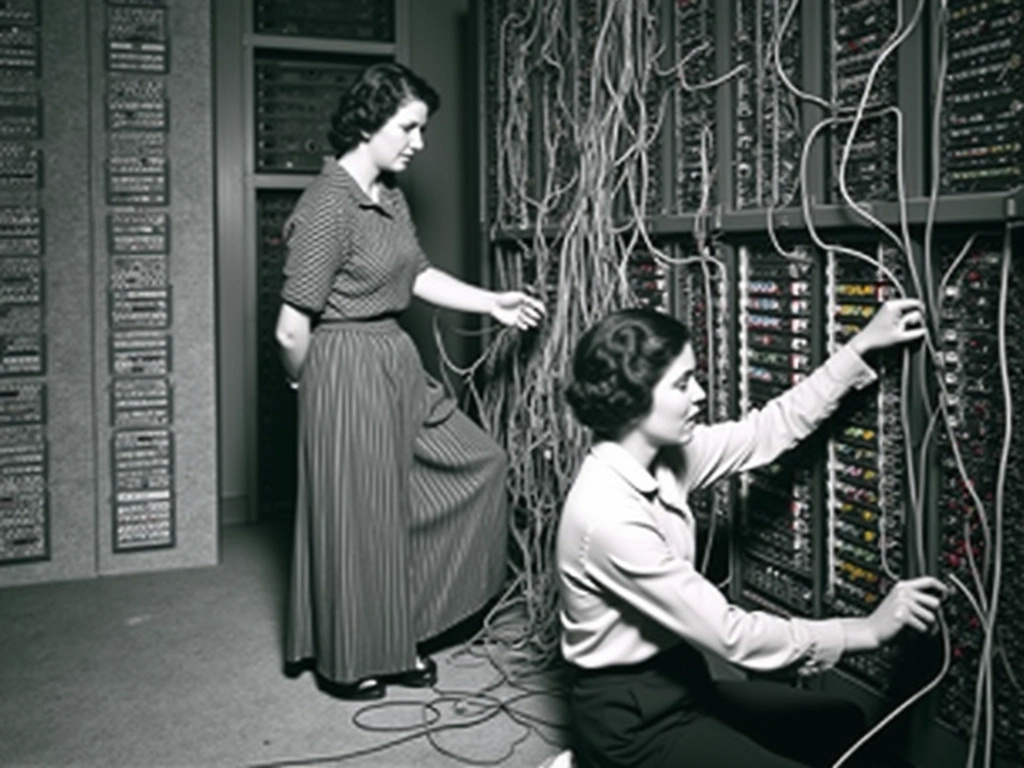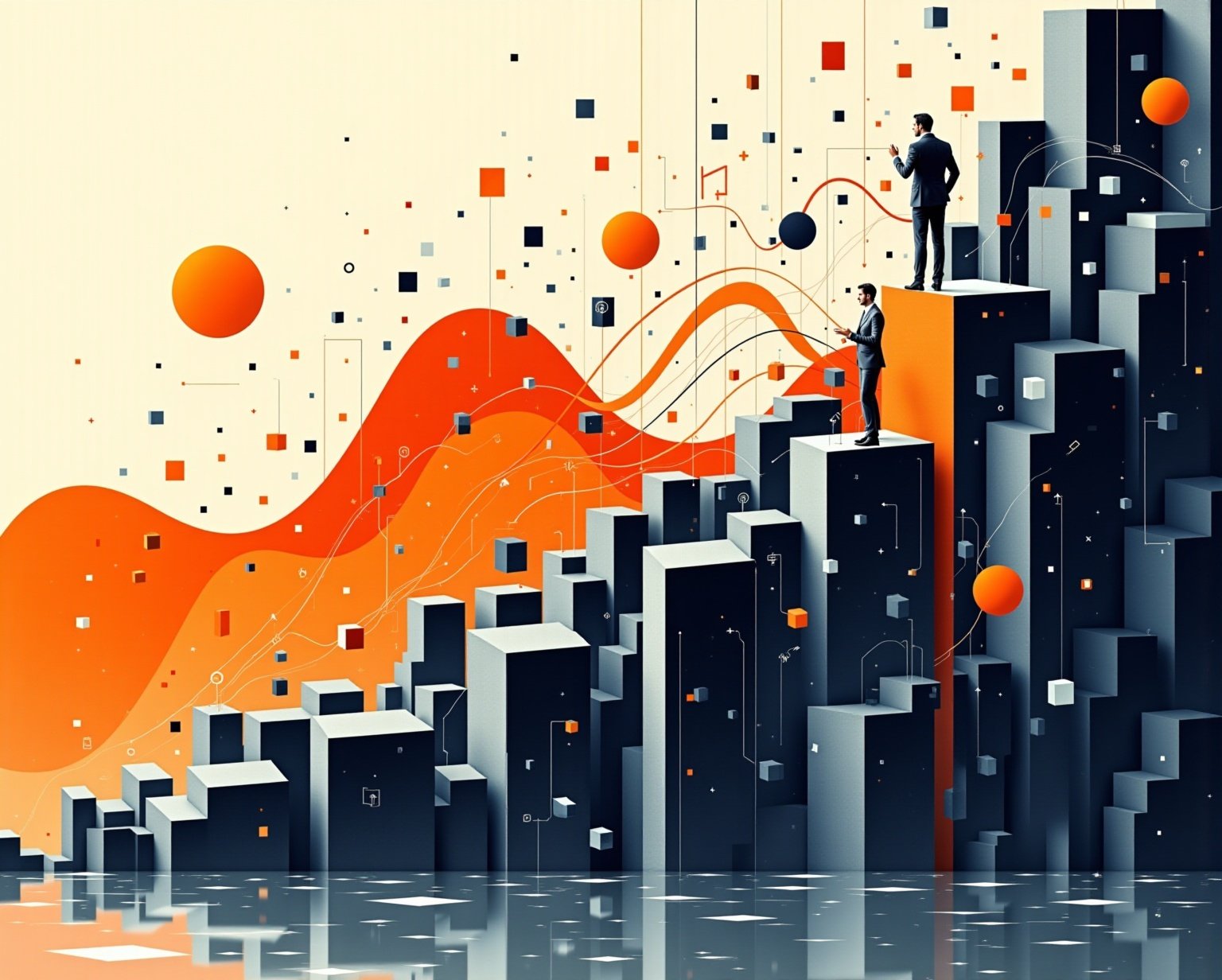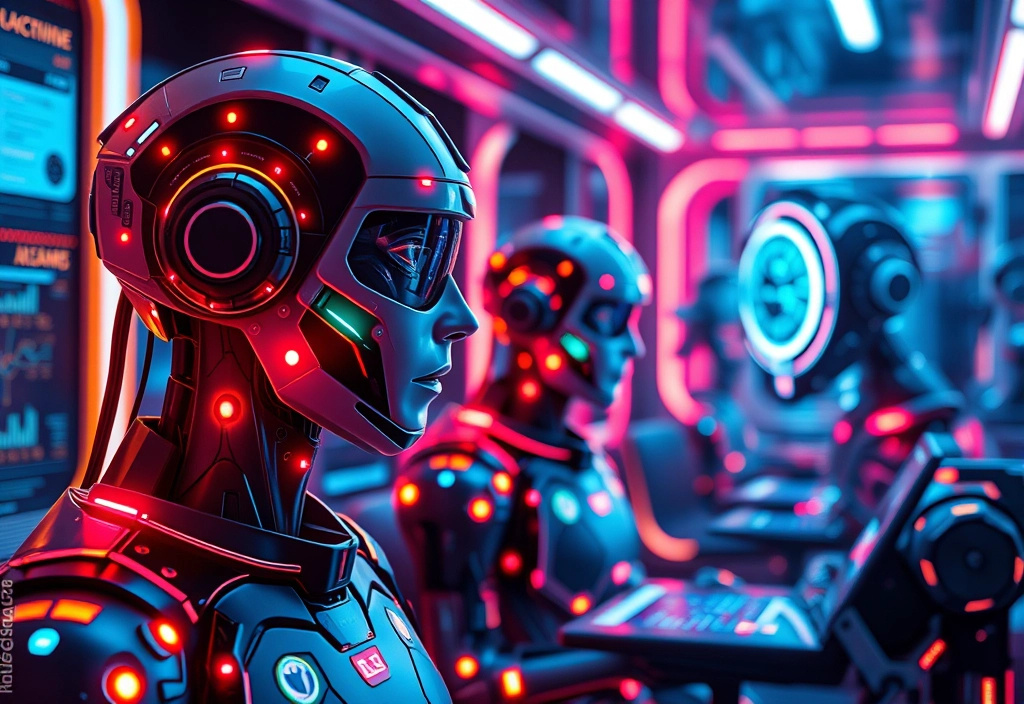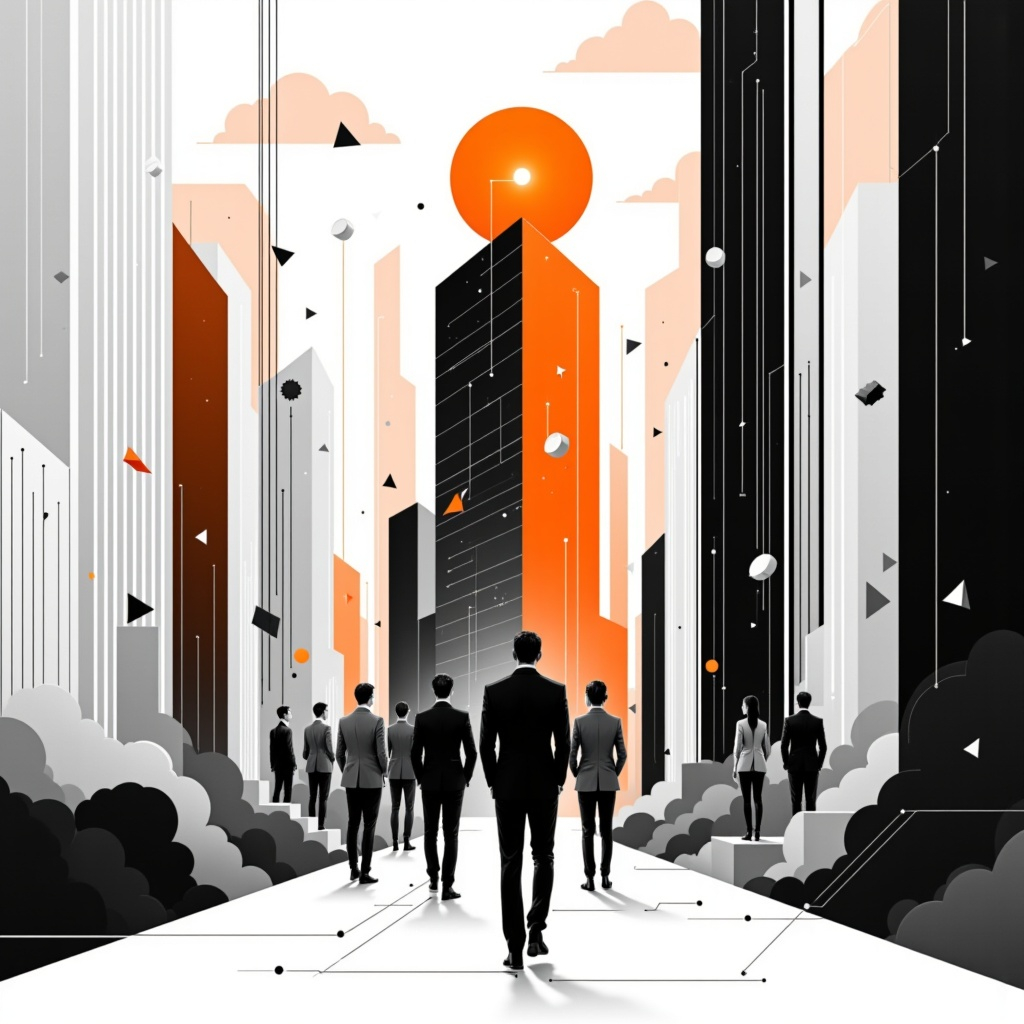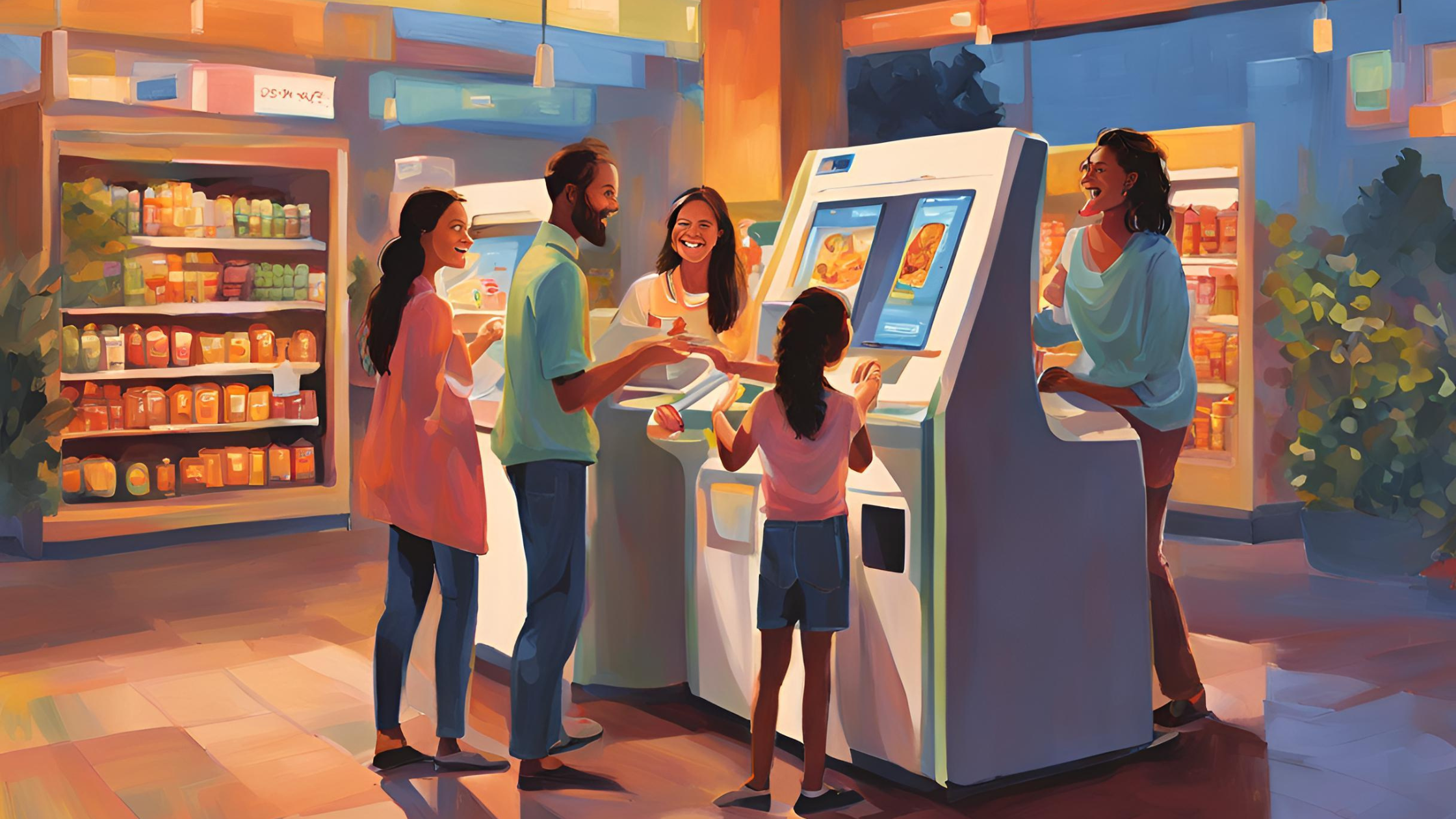.png)
The End of the One-Size-Fits-All Business Model
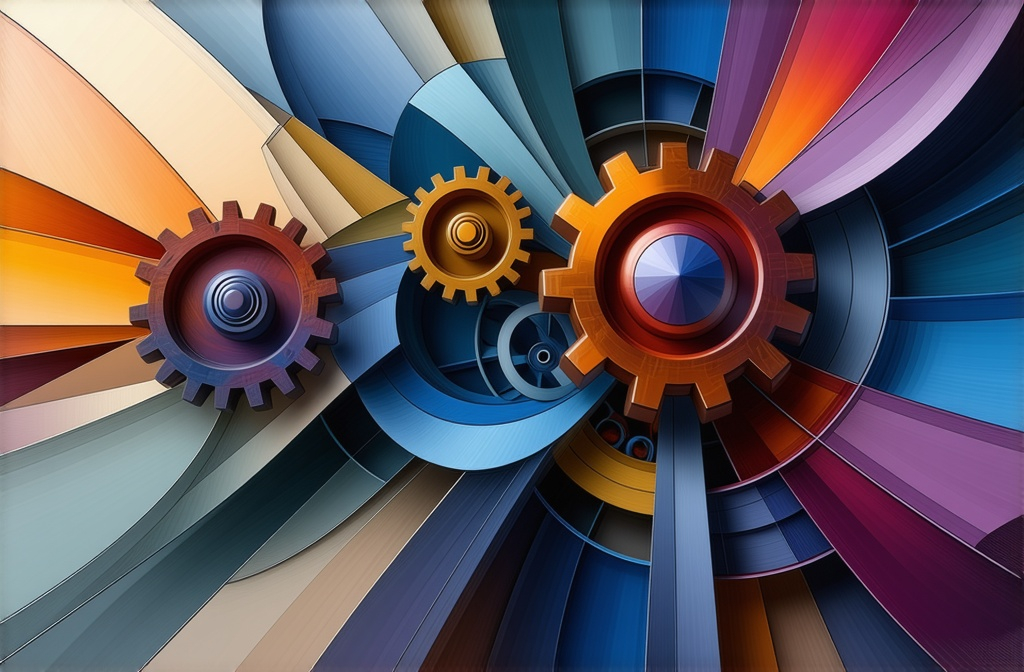
"The first rule of Fight Club is: you do not talk about Fight Club." – Fight Club (1999)
The first rule of traditional business was just as rigid: standardize everything. Build once, replicate everywhere. Scale through uniformity.
But just like Fight Club challenged the rules of conformity, AI is breaking this rule in business.
For decades, success meant mass production, fixed processes, and predictable outcomes. AI is flipping that logic. The companies pulling ahead aren’t scaling by making everything the same—they’re scaling by making everything different. AI enables businesses to customize at scale, creating adaptive models that change in real-time based on customer behavior, market conditions, and operational needs.
The Shift: From Mass Standardization to Adaptive Personalization
AI is eliminating the inefficiencies that made hyper-customization expensive. What was once only possible for luxury brands or high-touch service businesses is now accessible at scale. Some companies have already embraced this shift:
1. Netflix: Personalization as a Business Model
Traditional TV networks operated on a one-size-fits-all model—fixed programming schedules, limited content choices, and mass-market advertising. Netflix changed that. AI-driven recommendations curate content uniquely for each user, ensuring engagement over uniformity. Instead of forcing users into predefined content buckets, Netflix continuously adapts its offering based on viewing habits, preferences, and real-time feedback.
2. Tesla: Customization in Manufacturing
Automotive companies have historically relied on assembly-line standardization. Tesla’s AI-powered manufacturing process challenges that norm. Tesla cars receive over-the-air updates, continuously improving performance, safety, and entertainment long after purchase. AI has enabled Tesla to blur the line between manufacturing and software, creating an evolving product experience rather than a static one.
3. Spotify: Scaling Individual Preferences
Spotify uses AI to customize every listener’s experience, from Discover Weekly to Daily Mixes. No two users have the same homepage. This is personalization at the next level. It has fundamentally redesigned how content is delivered. Traditional radio and even early streaming services were built on mass-market playlists and pre-selected content. AI has allowed Spotify to turn personalization into a growth engine, giving every user a unique experience at scale.
The Leadership Challenge: Can Businesses Keep Up?
AI is moving industries from rigid structures to adaptive, fluid systems. But here’s the challenge: most leaders were trained to think in terms of fixed models, predictable outputs, and structured hierarchies. AI doesn’t work like that. It learns, adapts, and rewires itself constantly—and businesses need to do the same.
- Instead of asking “How do we use AI to improve our current model?”, leaders need to ask:
- How does AI change the fundamental way we create value?
- What happens when AI removes the limitations that required mass standardization?
- How can we design businesses that evolve as fast as AI itself?
The Future: Adaptive Businesses Win
The era of fixed business models is ending. Companies that embrace continuous adaptation—not just efficiency—will win. The ones that resist? They’ll be optimized out of relevance.
Are business models built to last, or are they built to evolve? Let’s talk.

